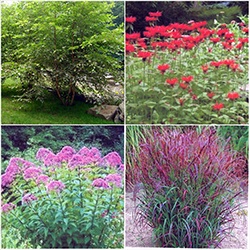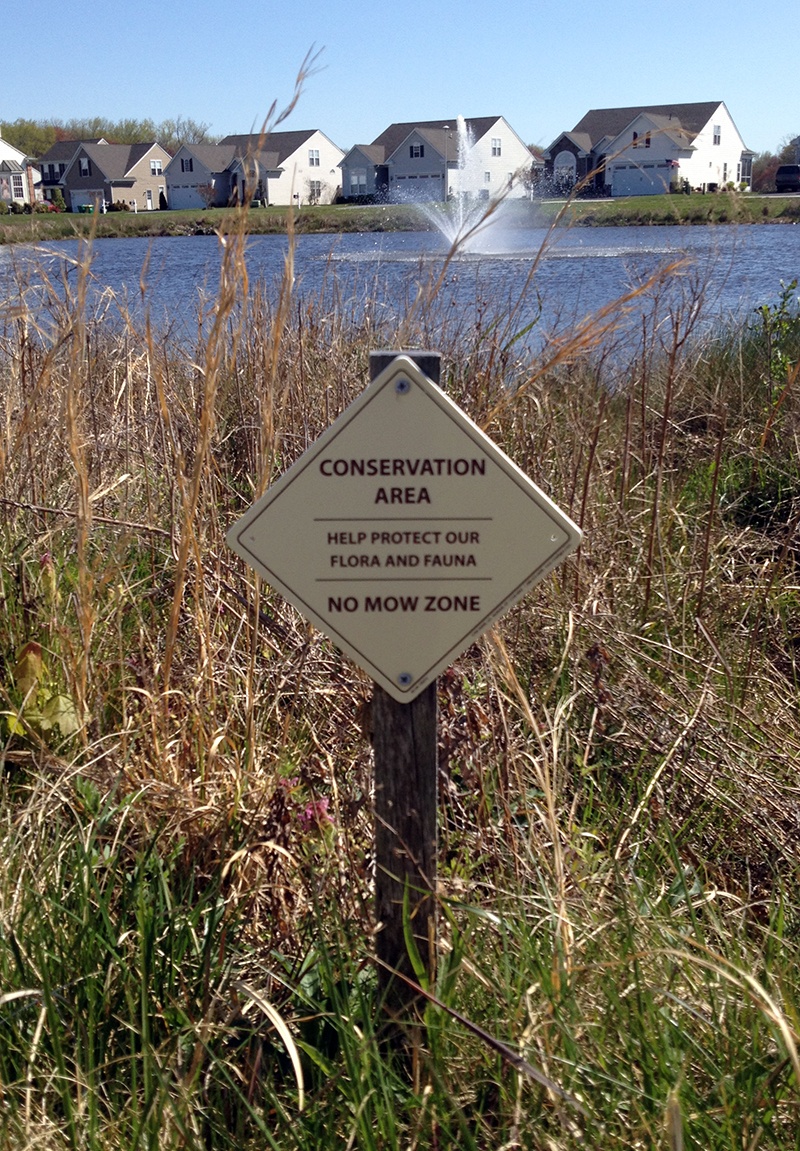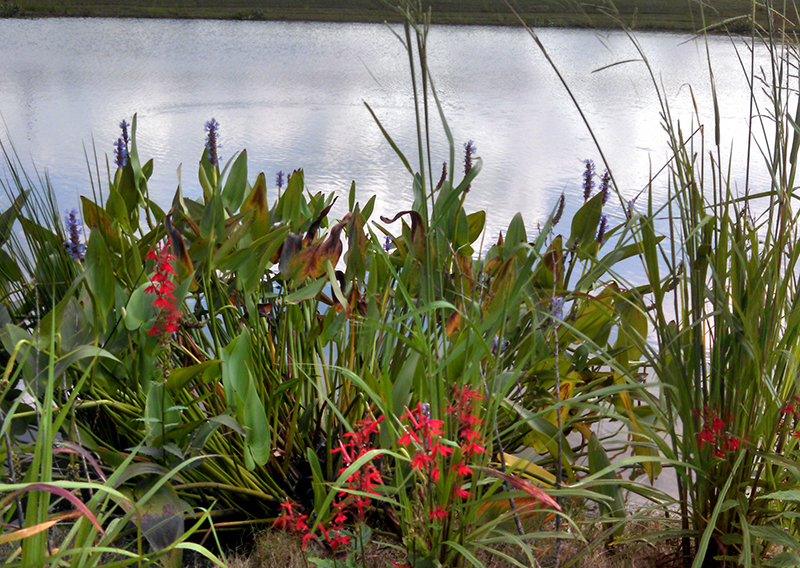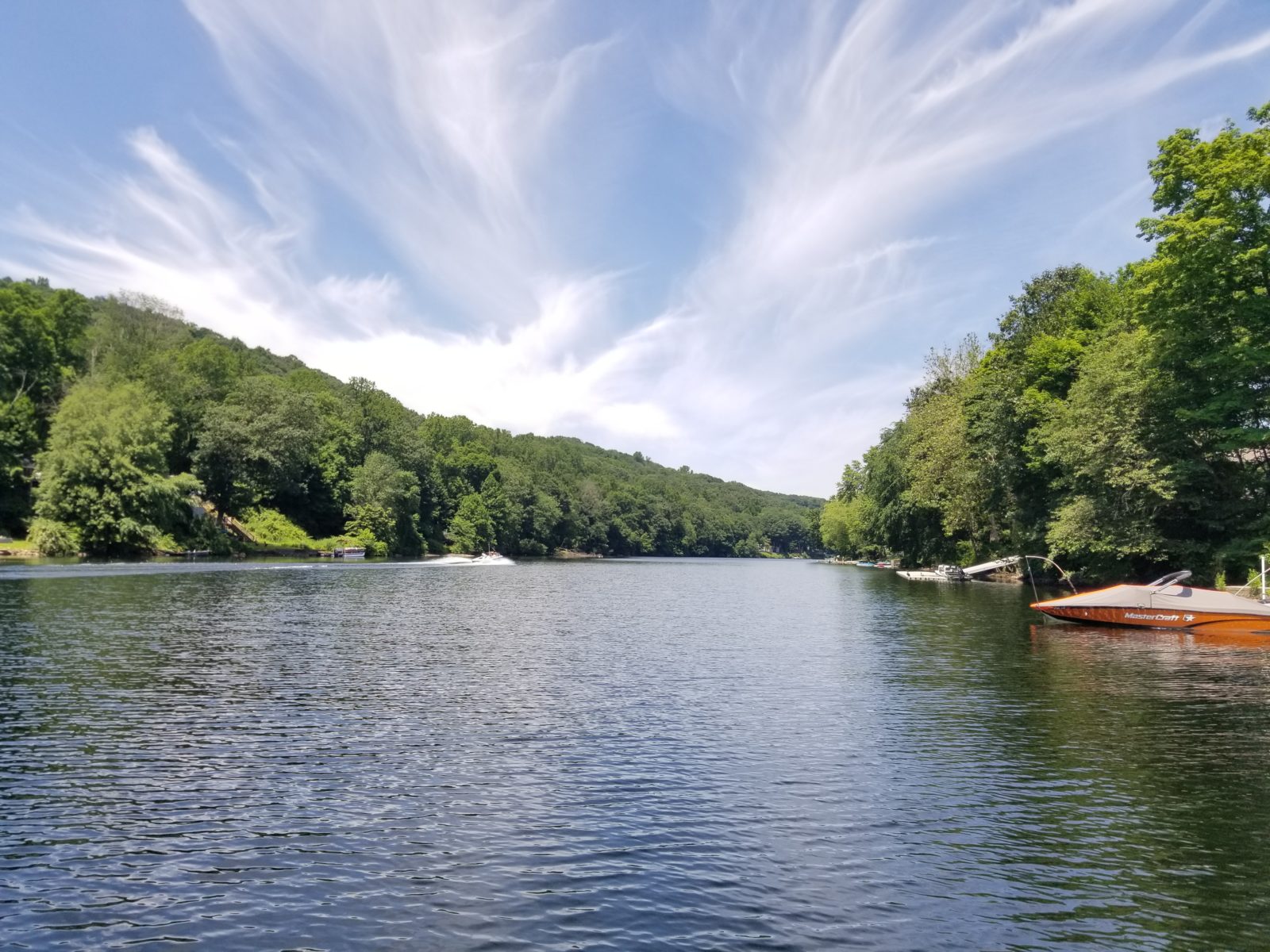Written by Sandy Phelps, Garden Design Consultant
 In recent years, there has been a positive trend towards using more natural elements in home landscape design, such as native plants and rain gardens. For too long housing projects have been clearing away native trees, shrubs and groundcover leaving wildlife without homes or food. The wildlife move on to other sites or disappear altogether leaving large expanses of land open to problems with water management, overpopulation of certain wildlife and insect species, and more pests and diseases.
In recent years, there has been a positive trend towards using more natural elements in home landscape design, such as native plants and rain gardens. For too long housing projects have been clearing away native trees, shrubs and groundcover leaving wildlife without homes or food. The wildlife move on to other sites or disappear altogether leaving large expanses of land open to problems with water management, overpopulation of certain wildlife and insect species, and more pests and diseases.
The benefits of creating a more natural design with native plants are numerous. Bring back native plants and you bring back native wildlife and insects. The best natural pest and disease control is a balanced garden. A healthy ecosystem means an increase in pollinators, stronger plants, healthier soil and better absorption of rainwater back into the environment rather than lost down a stormwater system.
Creating a native garden has four simple elements: food, water, shelter and nesting sites. All life needs a food source. Take it away and the species moves on or dies out. A native garden needs to provide a year round buffet of seeds, fruits, nuts, nectar and insects for a variety of wildlife. Do not use pesticides in the garden. In a balanced garden birds will keep the insects in check.
All life needs water to drink, bathe and in some cases, generate new life. While a bird bath is a start to providing drinking water, it is not a fresh supply of water for all wildlife. A natural pond or rain garden is a simple solution to provide a water supply. An area that has erosion or excessive dampness after rainstorms may be a perfect site to create a rock-lined streambed or a rain garden. Use a natural depression as the basis for a pond. Wildlife will flock to a small pond with shallow edges and a sandy or gravel “beach” where they can bathe or drink. Scatter rocks around as perches for frogs, insects or birds to sunbathe.
A diversity of wildlife will call your backyard home if you also provide multiple places for them to shelter and raise their young. A layering of groundcover, perennials, shrubs and trees are needed for a well-rounded habitat. Shredded leaves are an appropriate mulch in a native garden as insects and other wildlife overwinter in leaves. Allow perennials to remain up over winter for food and shelter. Keep a few dead trees and hollow logs as well as vines on the property for nesting sites and homes for insects.
 Just how do you begin to create this natural garden to encourage a diversity of wildlife to call your backyard home? One needn’t bring in an excavator and “create” a new or expensive setting. Start with the natural framework of your property and build from the ground up. Don’t fight Mother Nature, use it. Observe what wildlife already comes to your garden and where they like to roost – a large outcropping of rocks, a dead tree, densely planted areas of shrubs. Note the various microclimates and light conditions within your garden and use them as the basic building blocks of a native plant garden.
Just how do you begin to create this natural garden to encourage a diversity of wildlife to call your backyard home? One needn’t bring in an excavator and “create” a new or expensive setting. Start with the natural framework of your property and build from the ground up. Don’t fight Mother Nature, use it. Observe what wildlife already comes to your garden and where they like to roost – a large outcropping of rocks, a dead tree, densely planted areas of shrubs. Note the various microclimates and light conditions within your garden and use them as the basic building blocks of a native plant garden.
Your native garden plan should emulate native “design” with open areas as well as wooded areas. Start out small around the house with a low layer of plants and move outward toward larger plants and trees just like in nature. The garden around the house can be more refined and tidy. As the garden progresses outward it can be more relaxed and reflective of nature. Think in terms of natural layering. Our eyes first see the ground layer full of groundcovers, perennials and low shrubs. As the landscape moves further away from the residence it should have a middle layer of larger shrubs and perennials. Finally, emulate the natural landscape with backdrop of trees and evergreens. This layering creates a more welcoming setting for wildlife and a more private landscape for the homeowner.
By slowing building your native garden over many seasons you will create a garden that is just the right size for you to maintain. Replace turf grass, invasive or non-native plants with natives over several seasons. Start with 5 or 6 basic plants and plant in drifts or groupings. Plant densely with a succession of bloom to attract wildlife all year. Dense plantings help to crowd out non-natives and weeds and requires less maintenance. Don’t forget to incorporated color, fragrance and texture to tantalize your senses.
Bringing wildlife back to your yard creates a balanced and a healthy ecosystem. A native garden will reduce the need for watering, weeding, mulching and pesticides. A healthier garden is a healthier you.
Below are some suggestions for native plants to use in your garden.
 Native plants for wet sites:
Native plants for wet sites:
Pickerel weed, Blue Flag Iris, Sweet Flag Iris, Arrow Arum, Swamp Milkweed, Cardinal Flower, Three Way Sedge, Three Square Bullrush, Soft Rush, Shallow Sedge, Button Bush, Pussy Willow, Smooth Alder
Native perennials:
Aster, Boneset, Joe Pye Weed, Turtlehead, Coneflower, Goldenrod, New York Ironweed, Blazing Star, Bee Balm, Beard Tongue, Amsonia, Black Eye Susan, Cinnamon, Ostrich and Sensitive Ferns
Native Shrubs:
Winterberry, Inkberry, Virginia Sweetspire, Chokeberry, Red Twig Dogwood, Silky Dogwood, Spicebush, Summersweet, Cranbury Viburnum, Oakleaf Hydrangea
Native Trees:
Black and Green Ash, Sweet Gum, Native Dogwood, Redbud, Eastern Red Cedar, Pin and Willow Oak, River Birch, Red Maple, Serviceberry, Sweet Bay Magnolia, Hornbeam, Beech, White Pine
Native Grasses:
Bluestem, Switch Grass
Both people and wildlife need the same basic elements to survive and thrive: food, water, shelter and a place to raise their young. To create a native garden in your home landscape you need to do a little homework first to use plants that attract and sustain wildlife. Keep it simple. Bringing wildlife back to your yard creates a balanced and a healthy ecosystem. A native garden will reduce the need for watering, weeding, mulching and pesticides. A healthier garden is a healthier you. Download Free Report
Contact the experts at 888-480-5253 for all of your lake, pond and fisheries management needs.

Sandy Phelps is a Garden Design Consultant and a trusted partner of SOLitude Lake Management. SOLitude Lake Management is committed to providing full service lake and pond management services that improve water quality, preserve natural resources, and reduce our environmental footprint. Lake, pond and fisheries management services and consulting, and aquatic products are available nationwide. Learn more about SOLitude Lake Management and purchase products at www.solitudelakemanagement.com.










